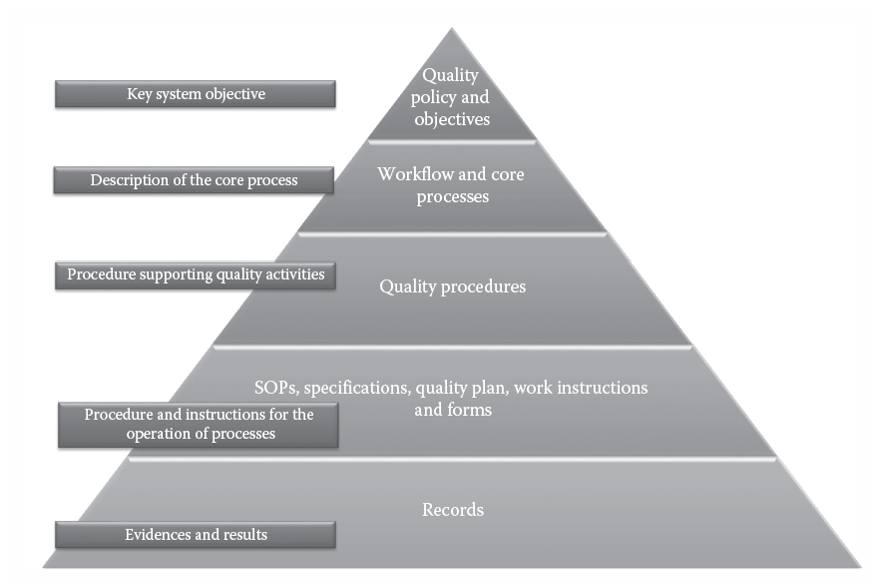Basic Flow of Qualification [Equipment, Utility, System, Facility] in Pharmaceutical Industry
- Admin-Pharmaceutical Guideline
- Aug 12, 2022
- 2 min read
Updated: Sep 19, 2022
Principle
In principle, premises, systems, utilities and equipment should be appropriately designed, installed, qualified, operated, cleaned and maintained, to suit their intended purpose.
Quality management systems should be in place to ensure that these remain in a qualified state throughout their life-cycle.
Products should be produced and controlled using qualified equipment and instruments.
Manufacturers who may use an alternative verification framework to achieve qualification should ensure the qualification expectations within these guidelines are satisfied.

Basic Flow of the Qualification
Note: The remainder of the text in these guidelines will refer to utilities and equipment as examples, even though the principles may be applicable to others such as premises and systems.
Change control / Change Management,
change control/change management. A formal system by which qualified representatives of appropriate disciplines review proposed or actual changes that might affect a qualified status of equipment/utility; The intent is to determine the need for action that would ensure the equipment/utility is maintained in a qualified state.
An authorized document that defines the requirements for use of the system, equipment or utility in its intended production environment.
Documented evidence that, for example, the premises, supporting systems, utilities and equipment have been designed for their intended purposes and in accordance with the requirements of good manufacturing practices.
A test conducted, usually at the vendor’s premises, to verify that the system, equipment or utility, as assembled or partially assembled, meets approved specifications.
A test conducted at the manufacturer’s site of use, to verify that the system, equipment or utility, as assembled or partially assembled, meets approved specifications.
The performance of tests to ensure that the installations (such as machines, measuring devices, utilities and manufacturing areas) used in a manufacturing process are appropriately selected and correctly installed.
Documented verification that the system or subsystem performs as intended over all anticipated operating ranges.
Documented verification that the equipment or system operates consistently and gives reproducibility within defined specifications and parameters, for prolonged periods.
The scope and extent of qualification and requalification should be determined based on the principles of impact assessment and risk management.
Qualification should be executed by trained personnel. Training records should be maintained.
Where appropriate, new premises, systems, utilities and equipment should be subjected to all stages of qualification. This includes the preparation of user requirements specification (URS), design qualification (DQ), installation qualification (IQ), operational qualification (OQ) and performance qualification (PQ).
Where it is decided that not all stages of qualification are required, justification should be provided.
Qualification should be performed in accordance with predetermined and approved qualification protocols. The protocol should specify the prerequisites and test details, including acceptance criteria.
The results of the qualification should be recorded and reflected in qualification reports.









Comments